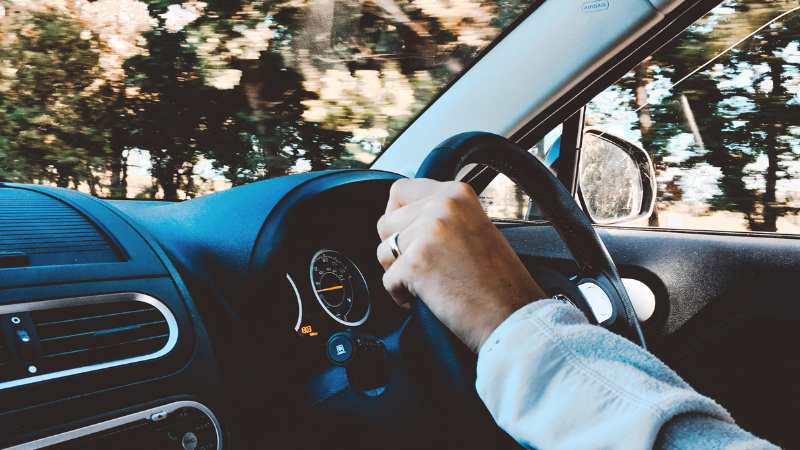Start by familiarizing yourself with the New Zealand road codes and signs
Embarking on a journey through the breathtaking landscapes of New Zealand is an incredible experience, but before you set off, it’s crucial to familiarize yourself with the country’s road codes and signs. These vital guidelines not only ensure a smooth and enjoyable drive but also guarantee the safety of both drivers and pedestrians. Taking the time to study New Zealand’s unique road signs and traffic rules allows you to confidently navigate the picturesque winding roads, ranging from bustling cities to serene countryside. Furthermore, understanding these codes will help you adhere to the country’s driving culture, prevent any mishaps, and ultimately make your trip more memorable and stress-free. After all, a well-prepared traveler is a happy traveler!
